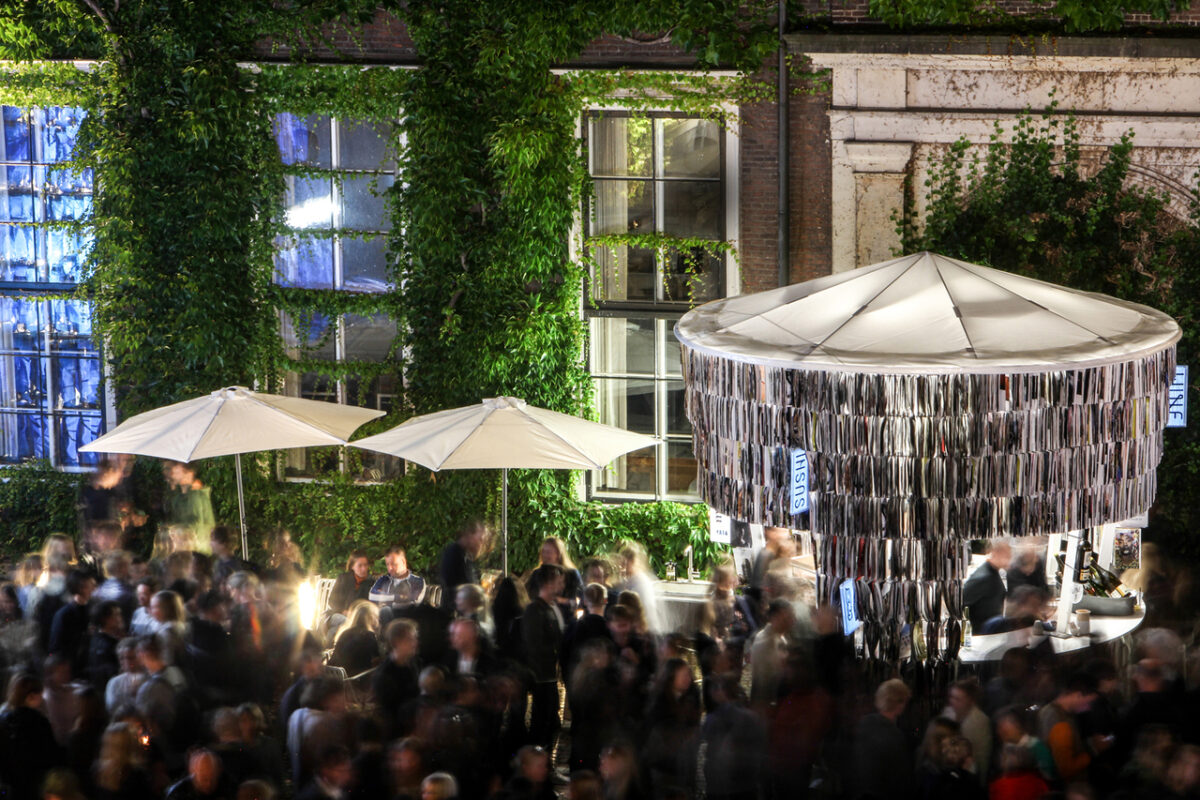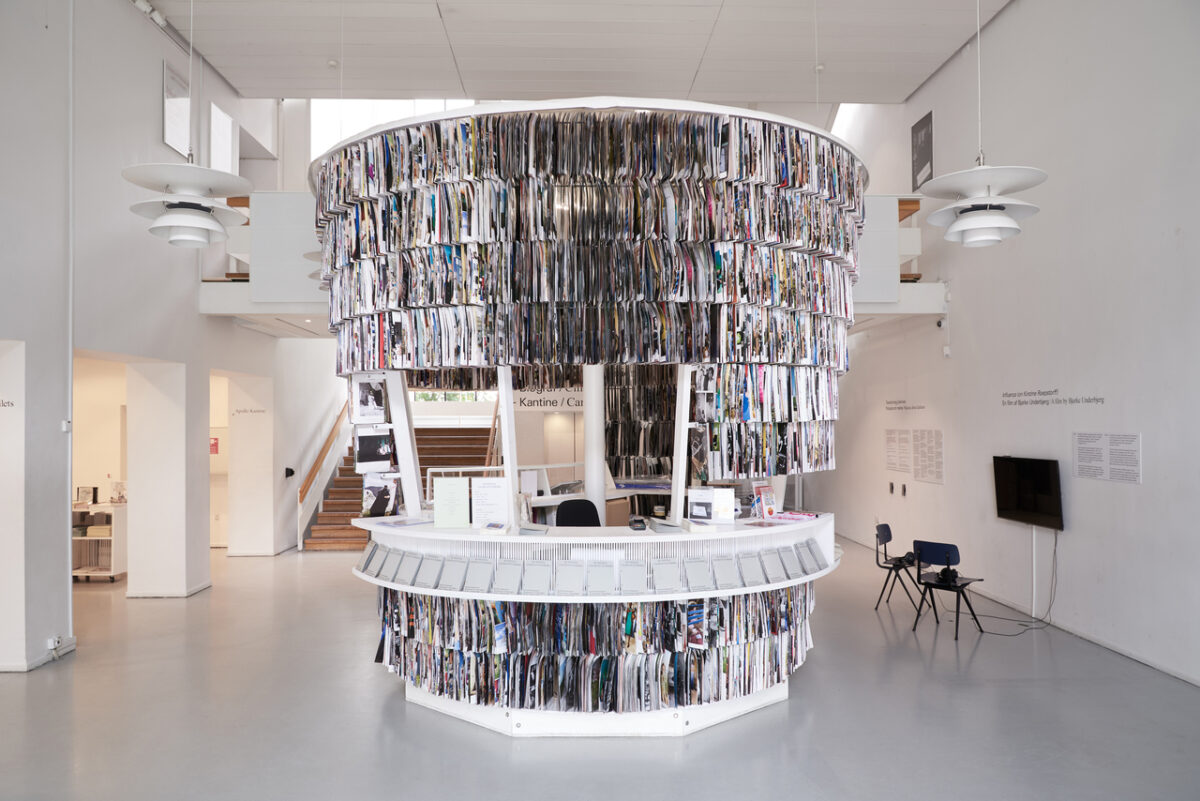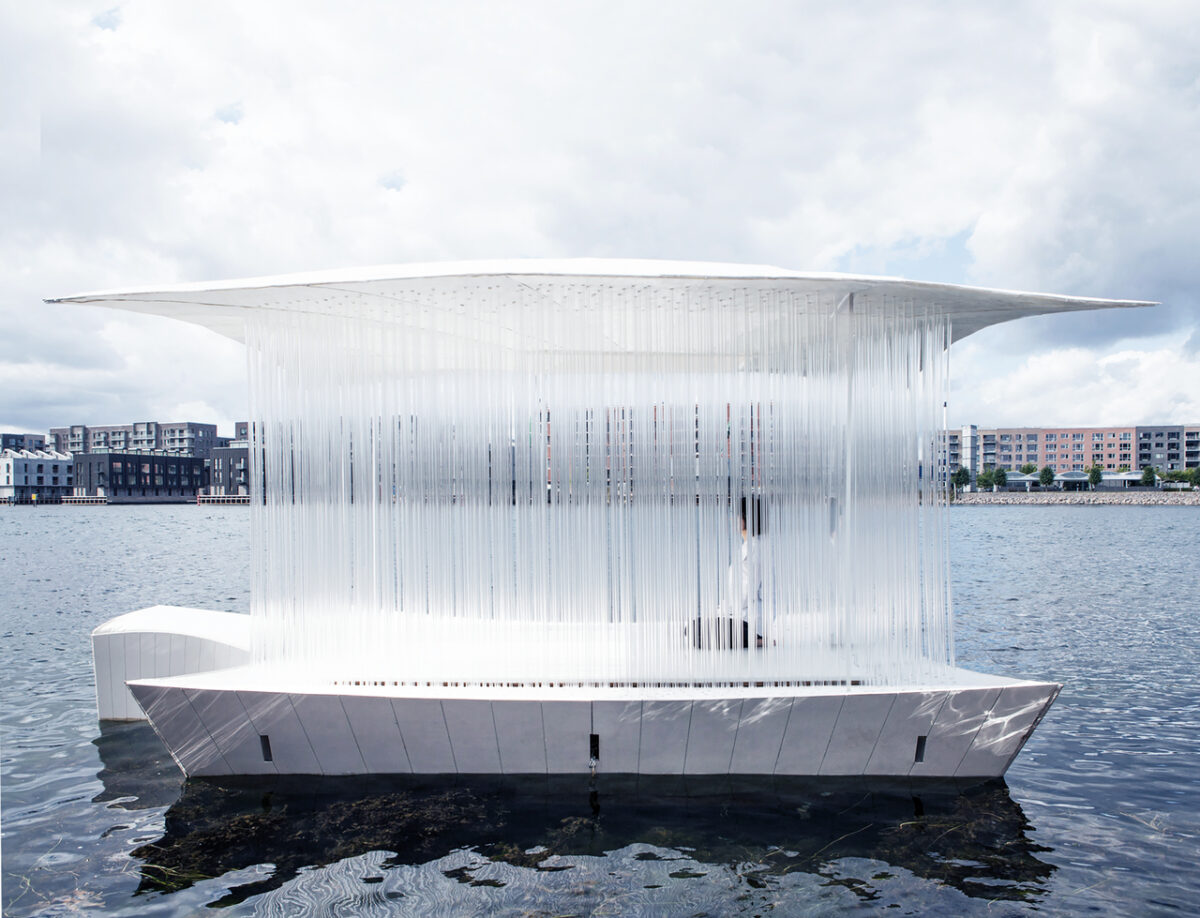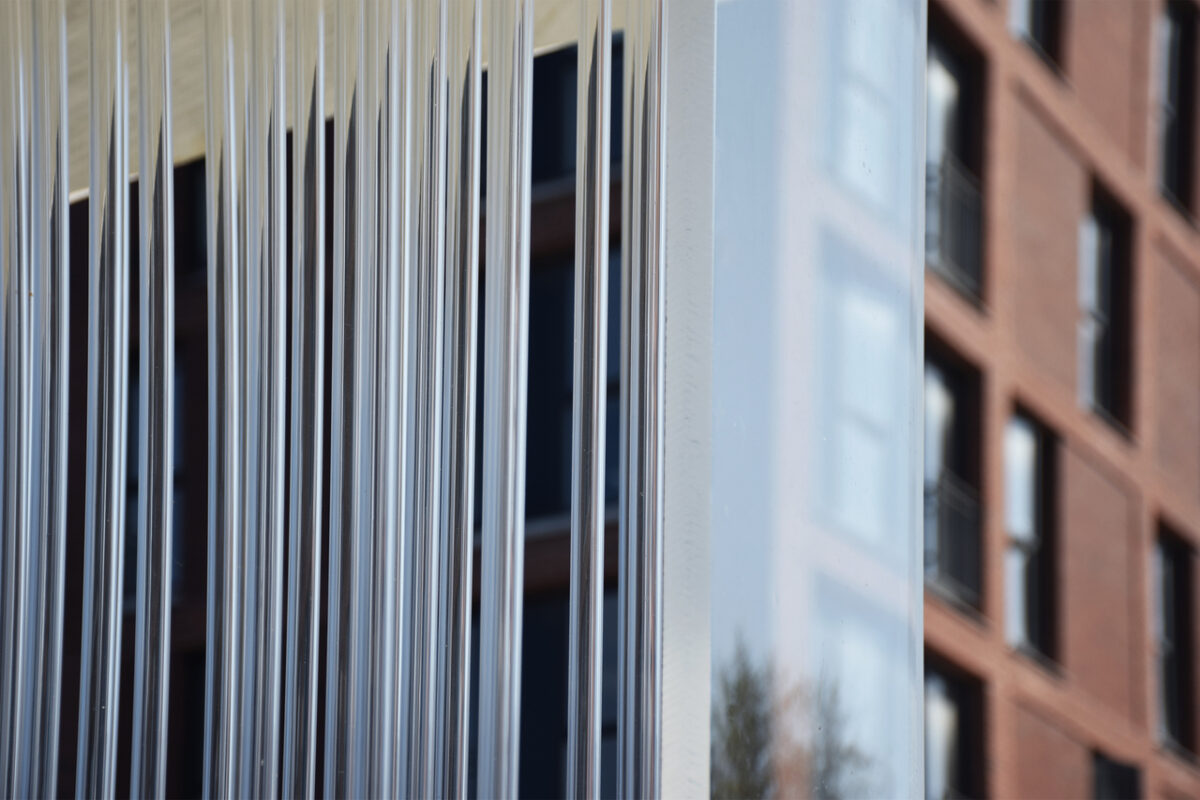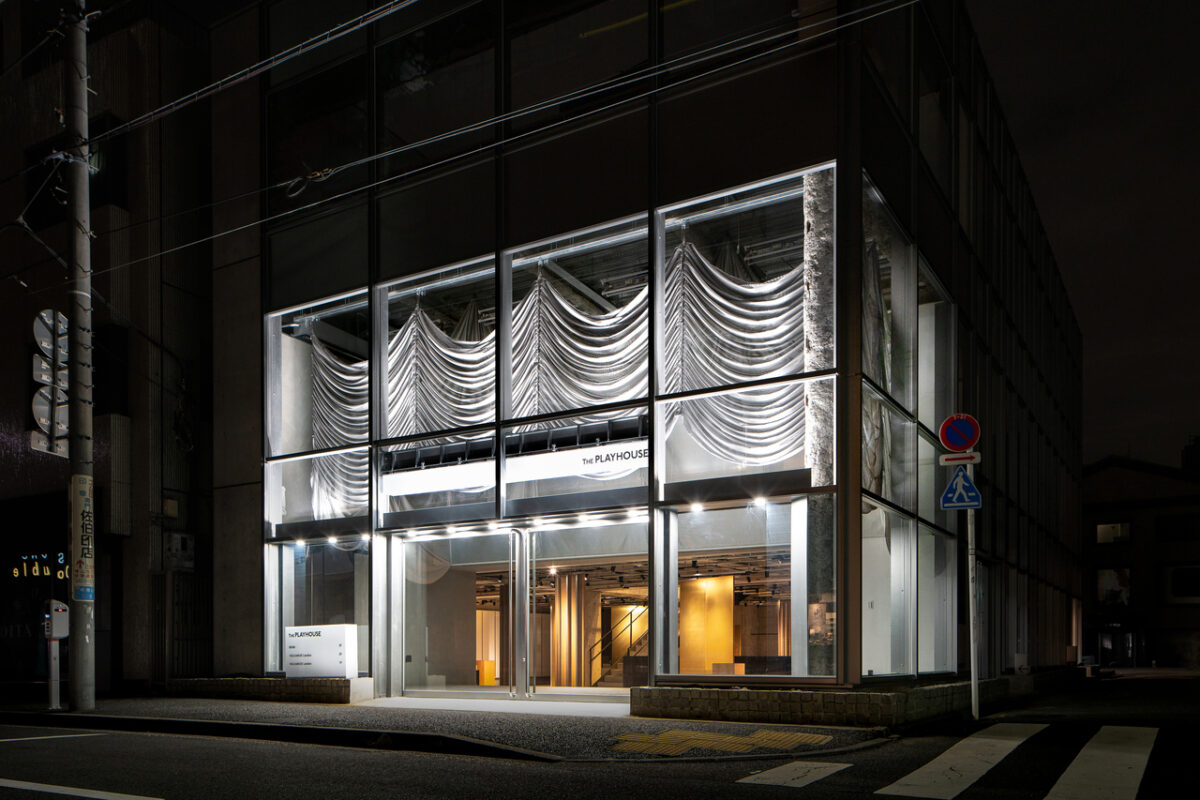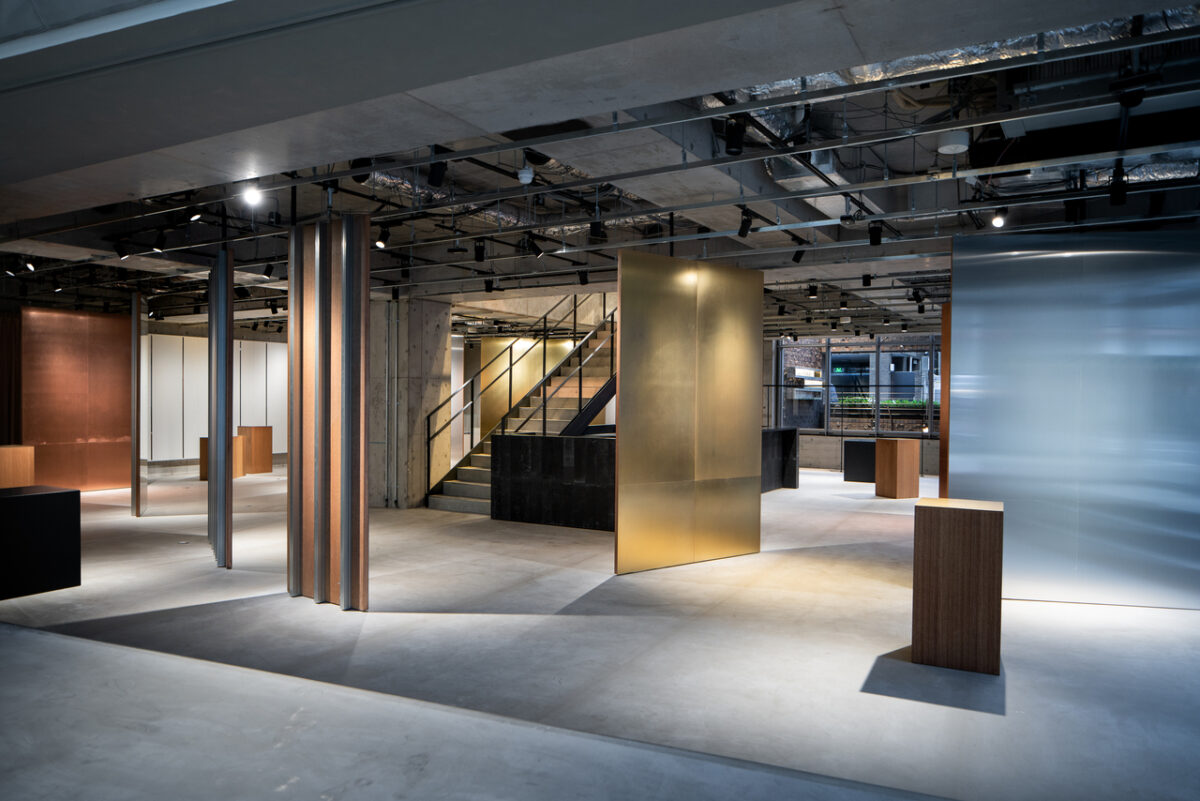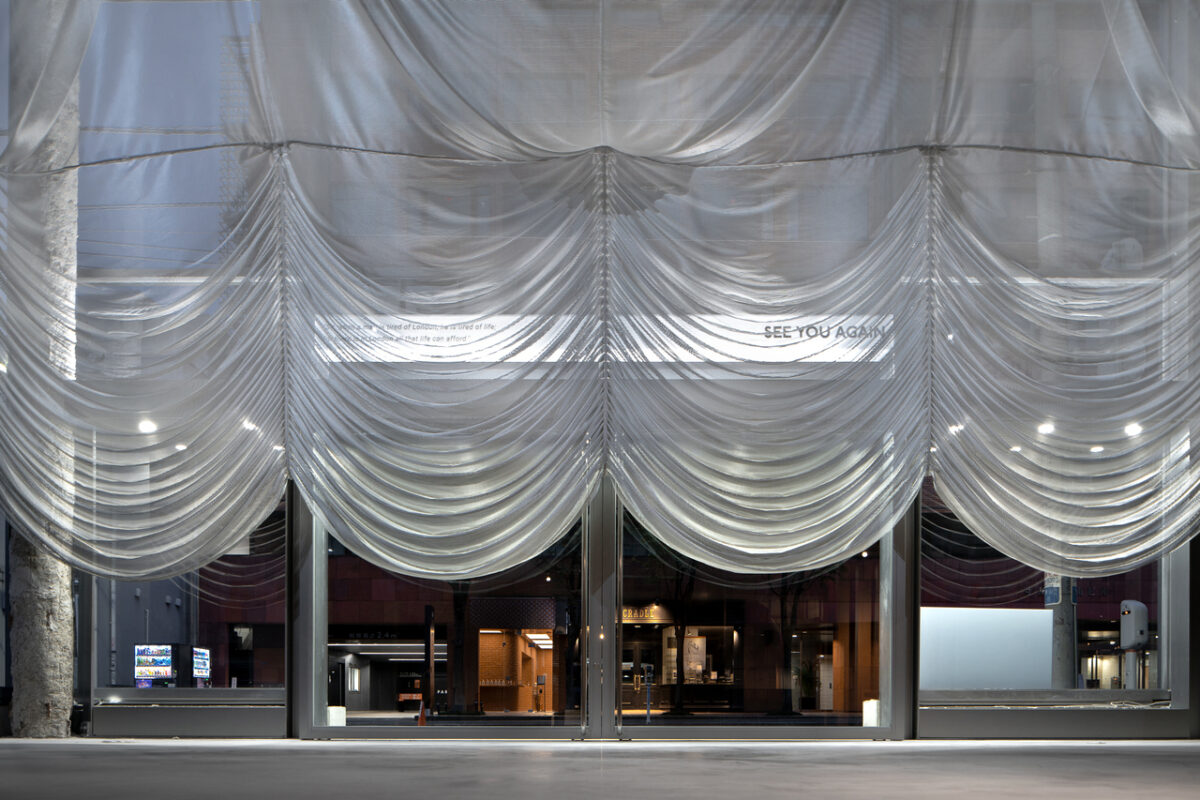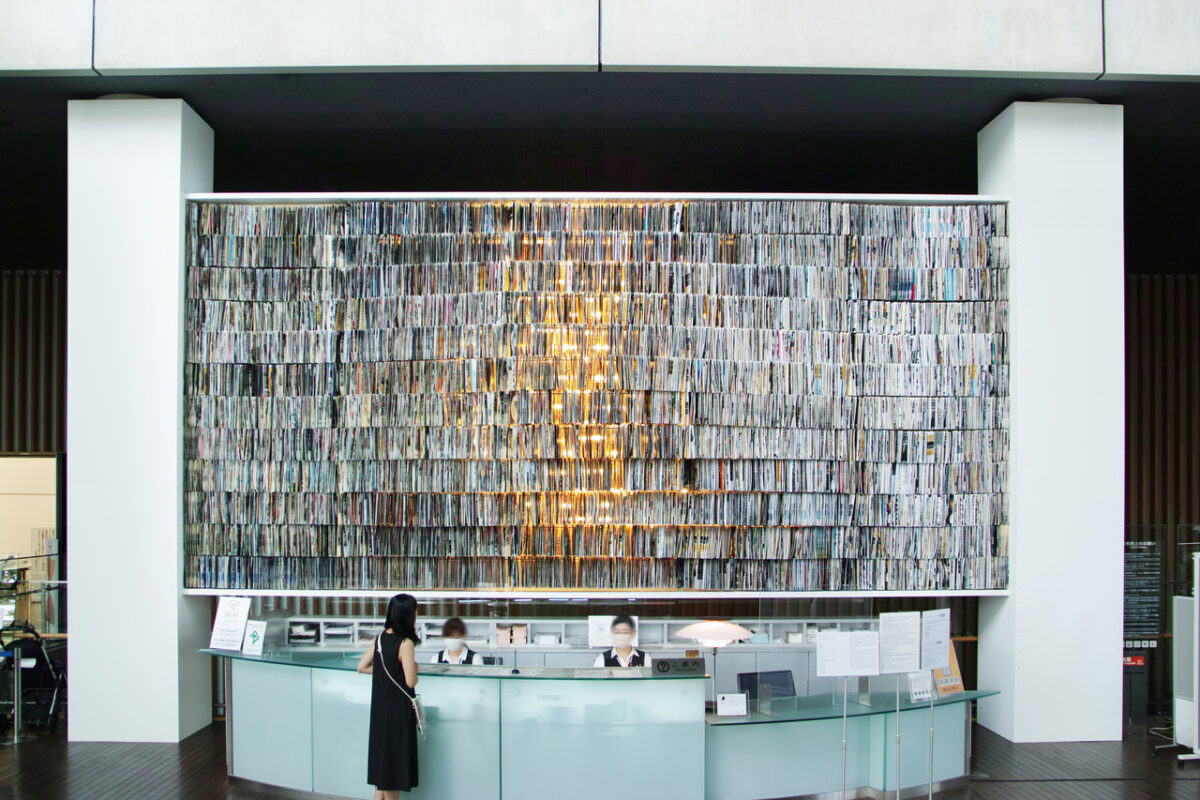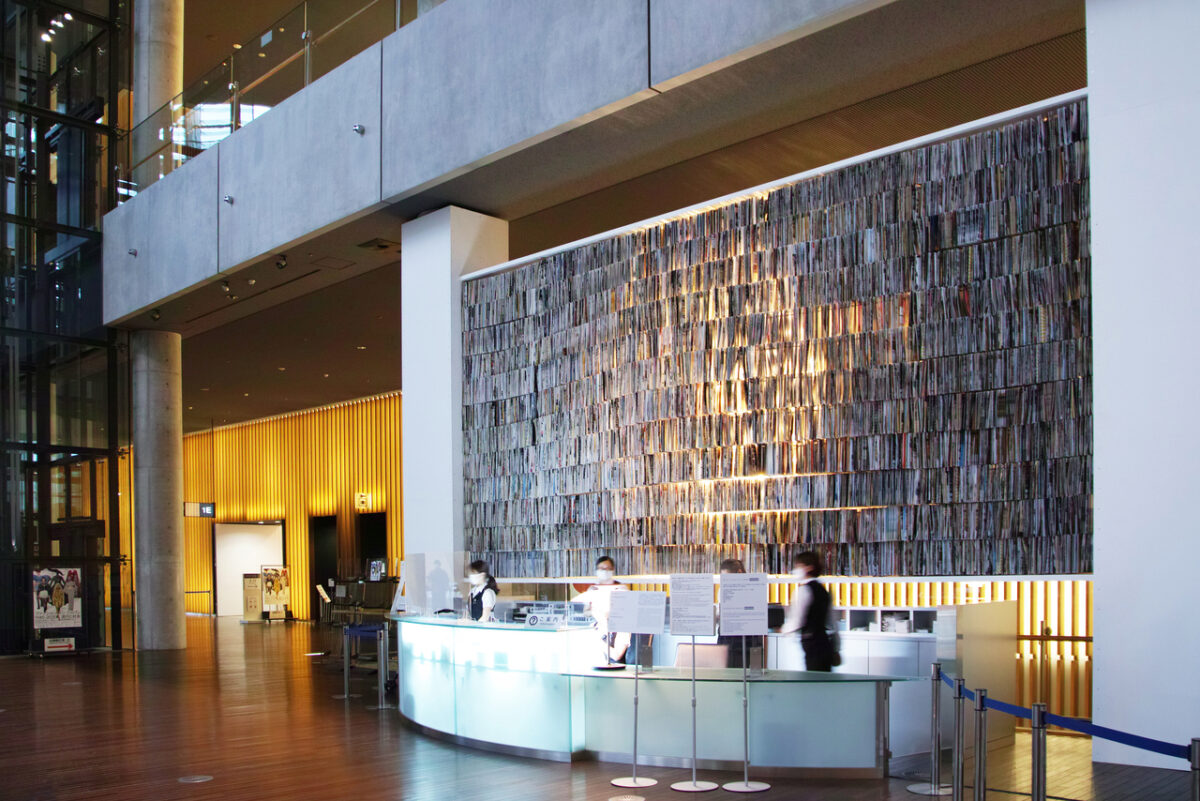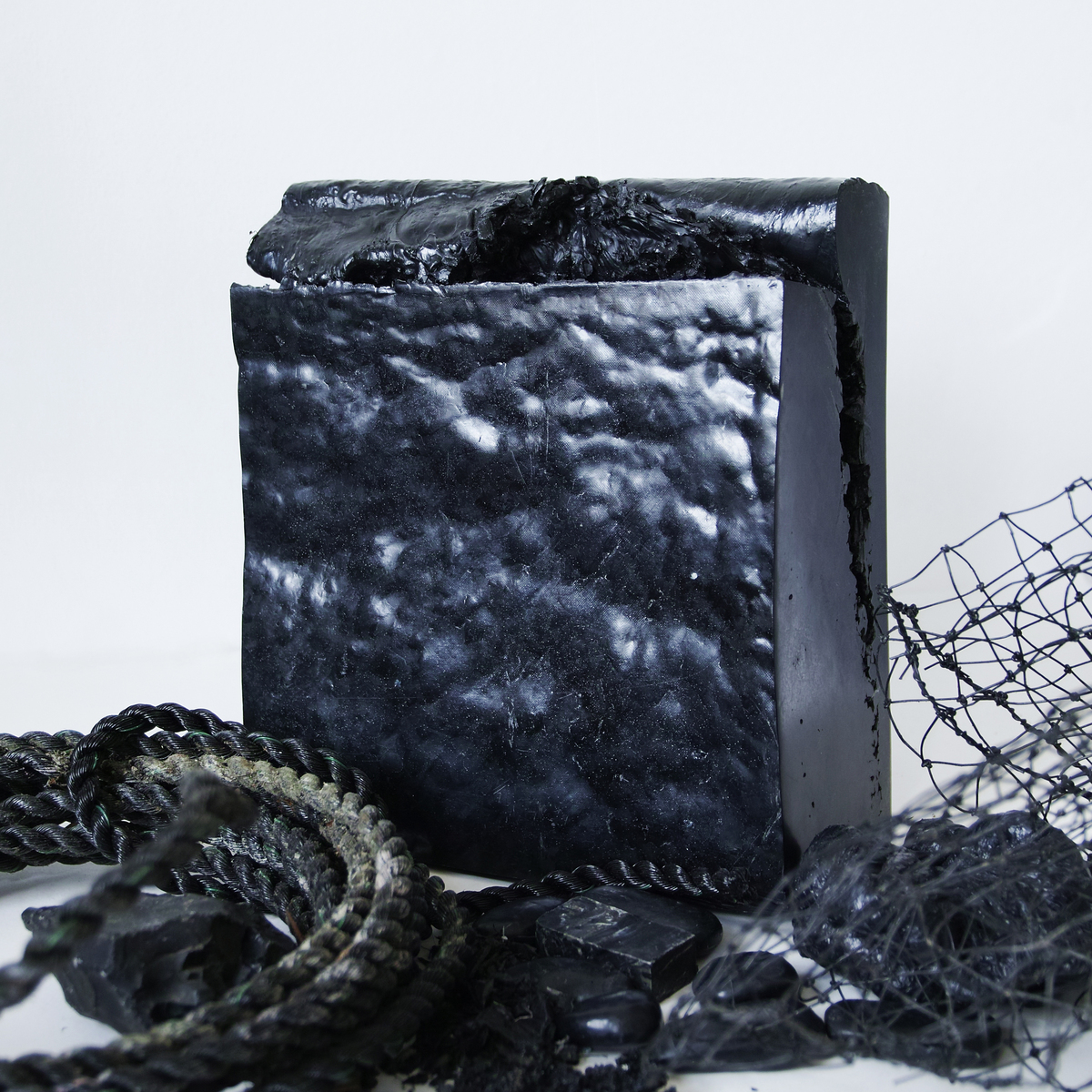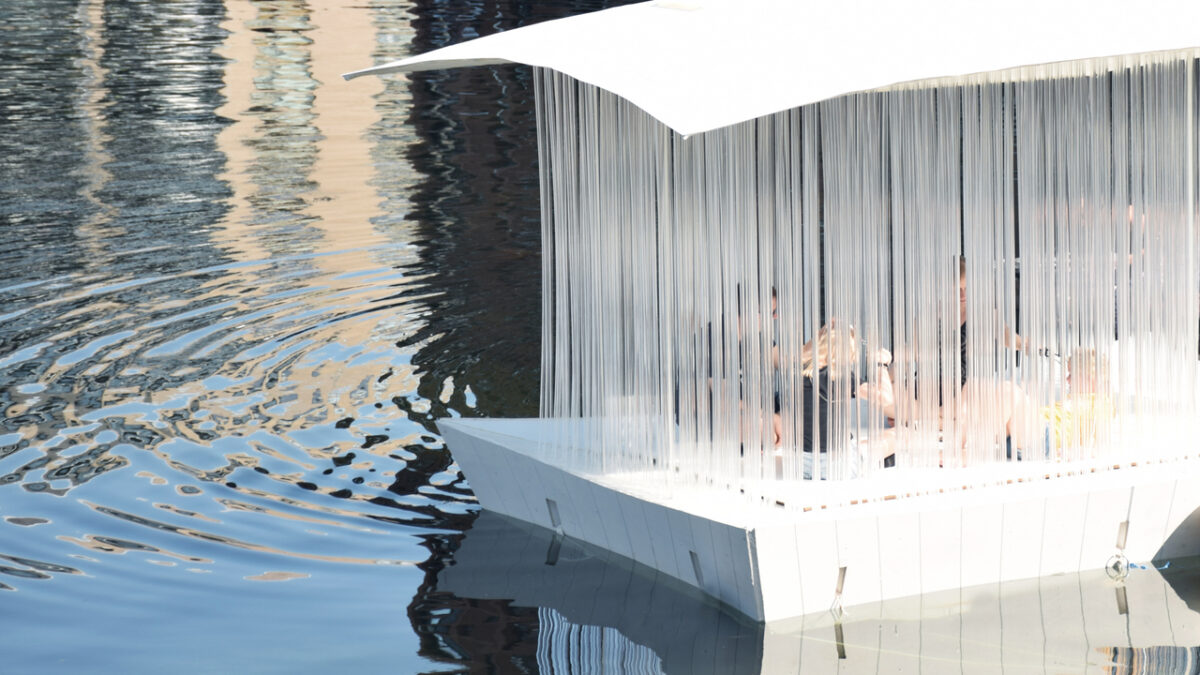
PAN- PROJECTS, architecture as an opportunity
Let’s go back to talking about materials and sustainability – but above all architecture, cultural diversity and uniqueness – with PAN- PROJECTS, the architectural design studio led by the Japanese Yuriko Yagi (MArch, Arkitekt MAA) and Kazumasa Takada (MArch.MA. RIBA/ARB). Founded in 2017 in Denmark, in 2019 PAN- PROJECTS moved to London to continue its projects internationally. The studio says “the duo conceives architecture holistically, carefully combining elements they believe should be viewed as works of art in their own right. This is achieved through genuine collaboration with multidisciplinary makers and clients from various backgrounds, recognising the distinct value they bring to each project.” (cover, Teahouse Ø, ph. Anika Kondo)
To get an example of the studio’s approach, just take a look at the following projects, each of which is unique and original: starting from 2017, from the Paper Pavilion, Yuriko and Kazumasa wanted to experiment with a new sustainable method using paper from recycled waste.
c
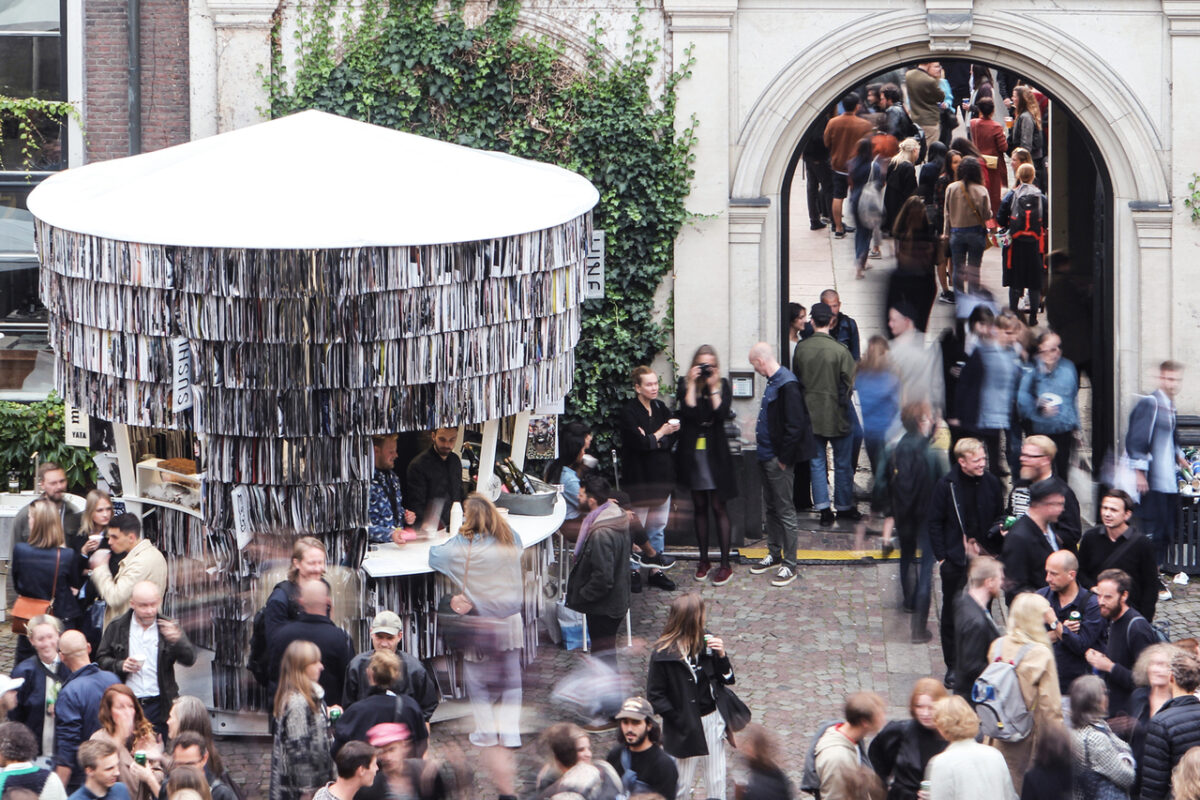
c
Created for the Copenhagen Art Fair (CHART) – to then be redesigned and permanently transferred to the Kunsthal Charlottenborg Museum to be used as a reception and library – the pavilion was designed to last 3 days, just the time of the event. The study therefore proposed a material with an “appropriate durability”, paper. The shape of the pavilion is inspired by the bagworm (a family of insects from the Lepidoptera order ed) which creates its nest by collecting the materials that surround it. Similarly, Paper Pavilion dress itself with paper collected from the city. The pavilion has a structure designed to be temporary with the idea of being relocated to show the new colors of the places that surround it.
In 2019 PAN- PROJECTS focuses on water with Floating Pavilion Ø, a set of three pavilions (with a cultural, commercial and social theme) that proposes urban water areas as a new public space, in favor of greater awareness of this element and of a more sustainable lifestyle for our future. Of the three, the cultural pavilion, Teahouse Ø, was created to reflect the beauty of the place: an experimental floating structure with a roof, supported by six transparent acrylic walls and decorated with transparent acrylic tubes, which play with the light and the reflections of the water. Teahouse Ø is used for activities such as yoga classes, meditation, tea ceremonies and has been used for “socially distanced music festivals”, where a DJ would play inside while the audience was entertained from nearby boats.
c
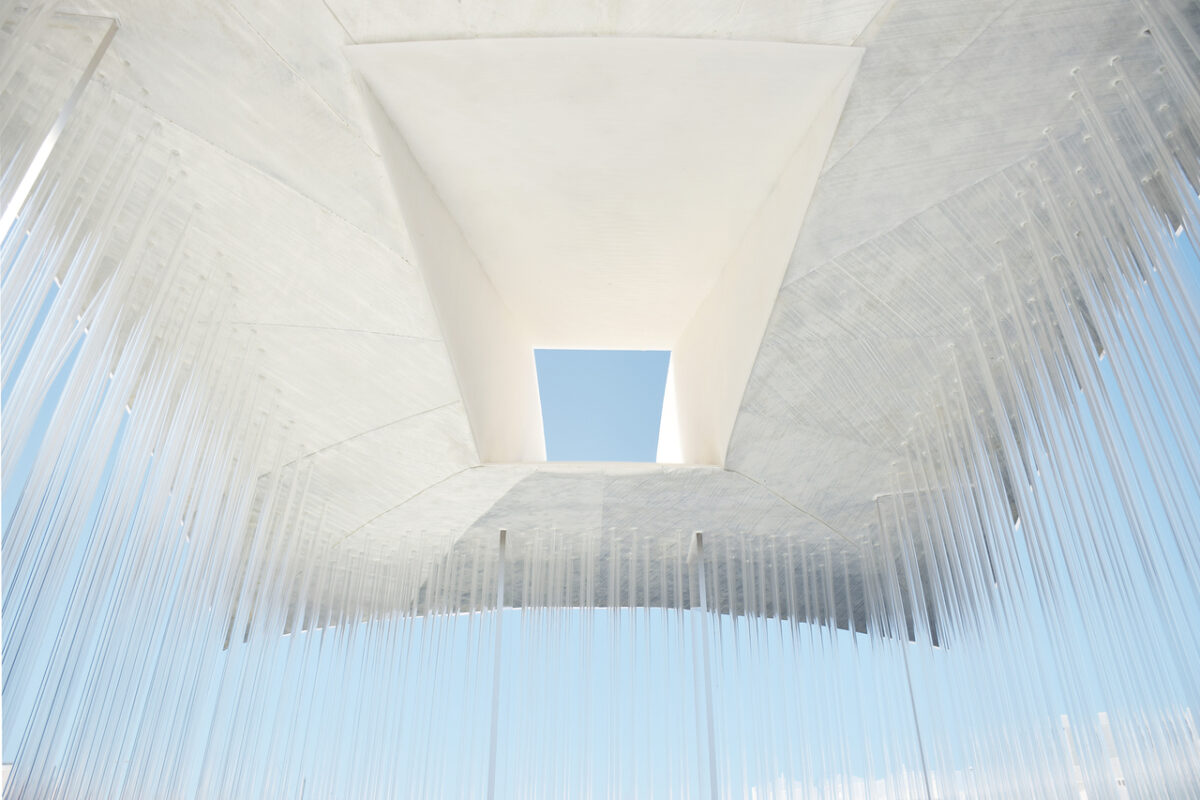
c
The Playhouse, on the other hand, is a complete renovation project of a three-story building located in the lively Aoyama fashion district in Tokyo, Japan. Created in 2020, in the midst of the pandemic, PAN- PROJECTS, also due to the digitization of sales services that characterized that period, questioned the use of a physical store, rethinking its model. The inspiration was that of the theater, the studio designed the space not only to show and sell but to learn, discover and experience the cultures linked to the brands on display. The team then designed transformable architectural elements to enable a wide range of events to be held throughout the building. The London-based architectural design studio PAN- PROJECTS completed the projects in collaboration with the Tokyo-based studio Haruki Oku Design. The silver curtain at the entrance to the theater was created in collaboration with Studio Onder de Linde. In this video you can get an idea of how the space looks.
Also in Japan, at the National Art Center in Tokyo, in 2021 the studio created an installation that has the pandemic as its theme. The Matter of Facts is an object made up of an accumulation of printed material from around the time COVID-19 first began to impact our society and beyond. These materials reflect things that have occurred or have not occurred as part of broader trends. The project was commissioned to PAN- PROJECTS by the National Art Center, Tokyo, and realized thanks to the generous support of the Nomura Foundation and the collaboration of Robert Walters Japan.
c
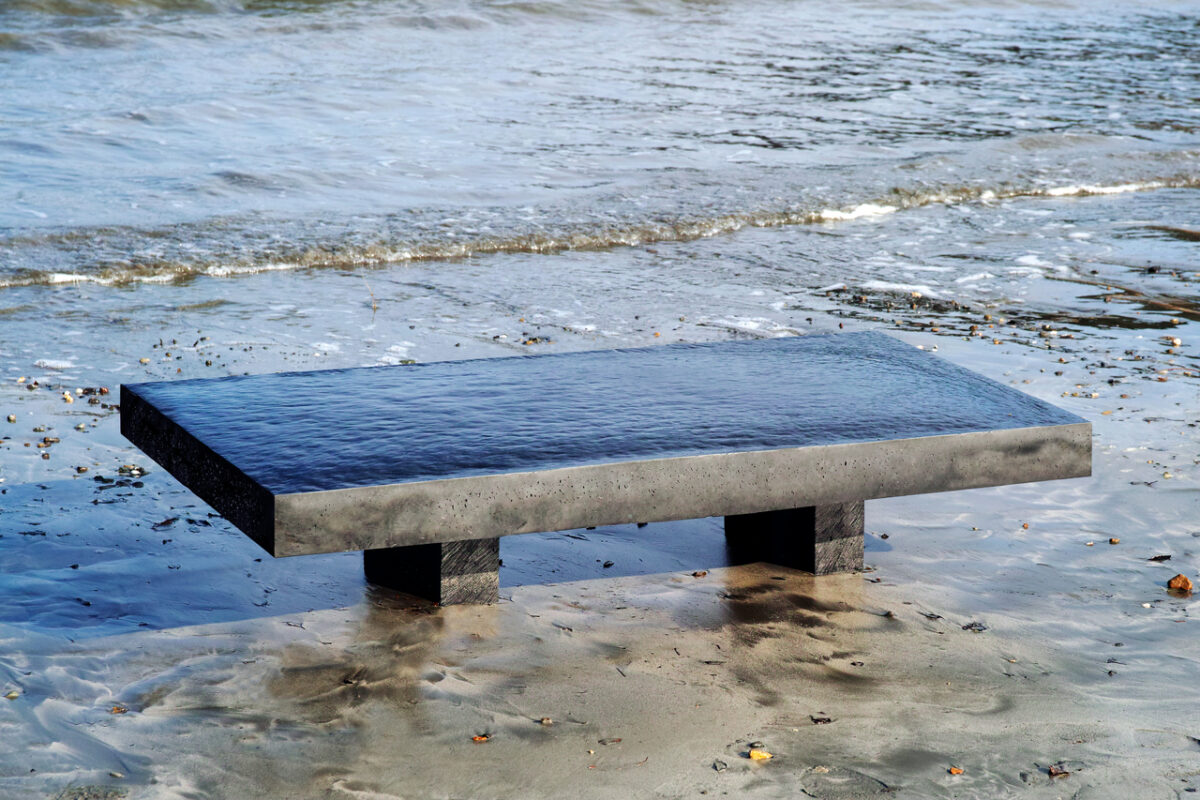
c
Also featured in the new Materials Design Map, mum, is a product design project that tackles the problem of industrial plastic in the oceans by recycling discarded fishing gear and industry by-products. Commissioned by REMARE, a sustainable start-up in Japan, “mum” works closely with the local fishing community to give new value to nets and buoys that would otherwise become a problem if abandoned.
“mum” is a dining table in recycled plastic from the sea. The wavy texture of the material gives it an individual character that cannot be fully controlled, creating a slightly different product every time. “mum” aims to raise awareness within the industry, while highlighting the preciousness of ocean plastics.
A small selection of projects that partly shows us the method of the PAN- PROJECTS studio, always careful to give a greater meaning to the project, which is not limited to form and aesthetics but uses architecture as an opportunity, to reactivate an area of the city, going beyond one’s design limits but also raising user awareness. For more information, visit the PAN- PROJECTS website and follow the duo on Instagram!
c
